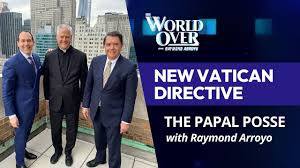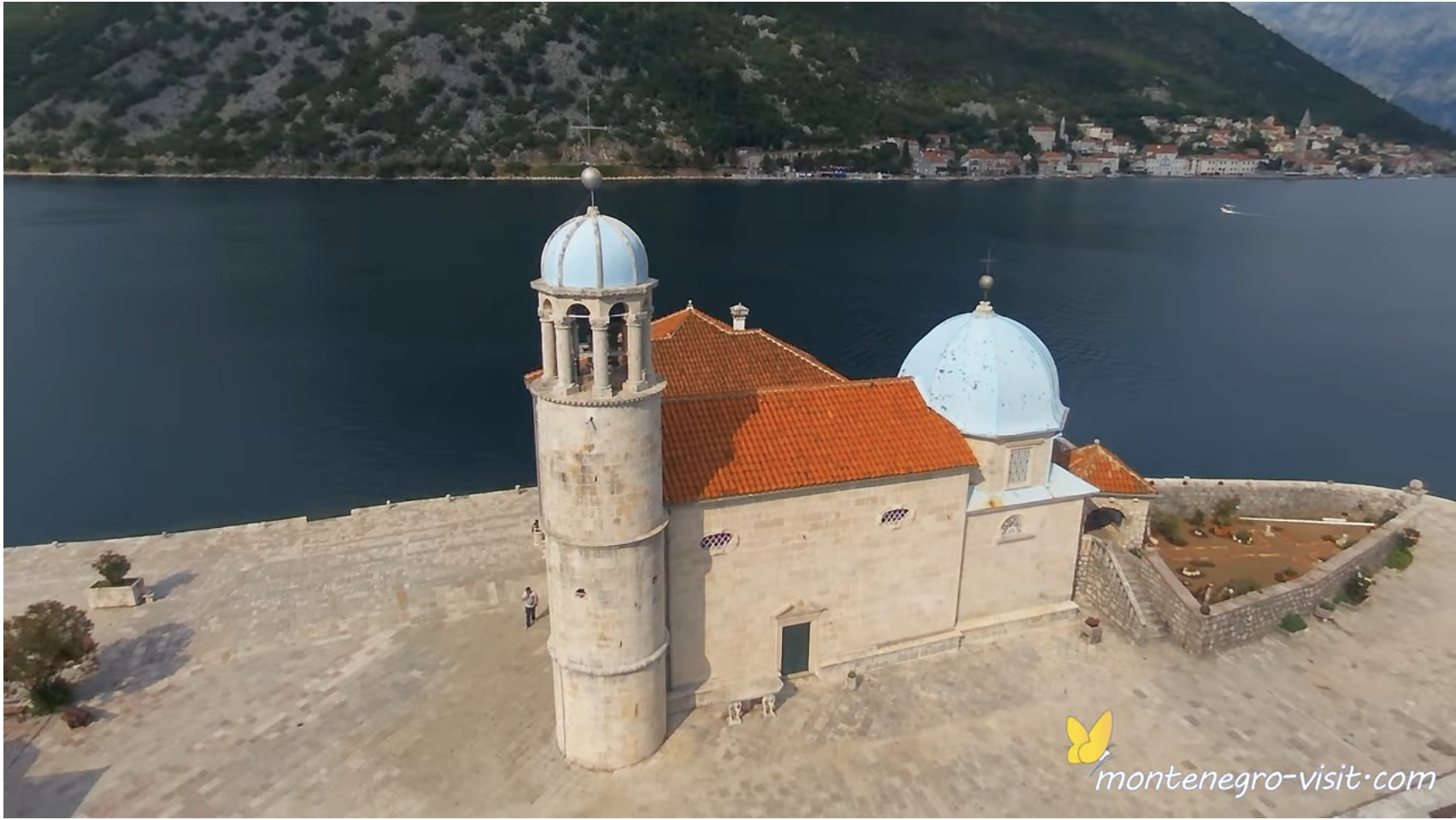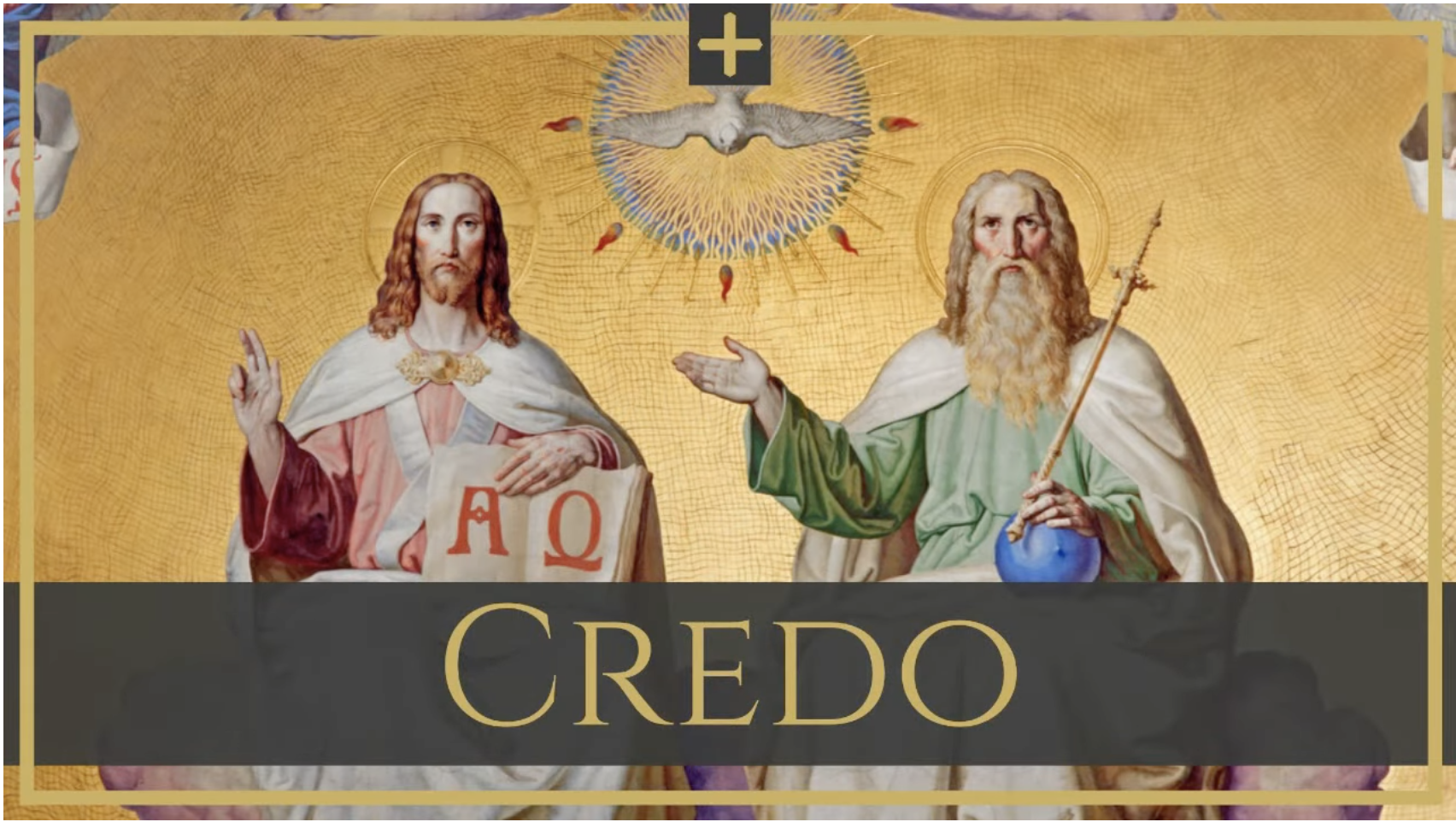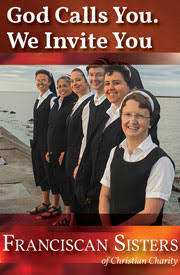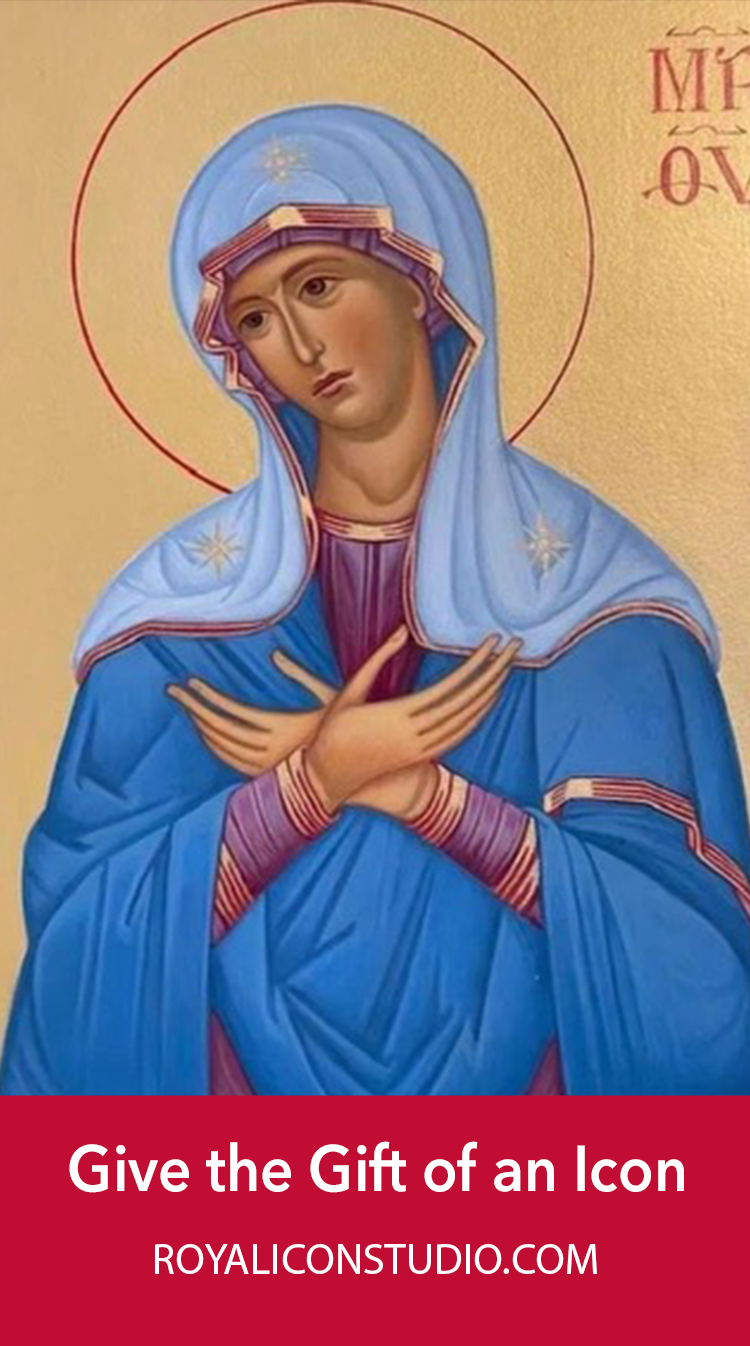Archbishop Timothy Dolan recently reminisced about an evening some years ago when he was rector of the Pontifical North American College in Rome. Hearing a knock on his door, he opened to find an ashen-faced George Weigel. I paraphrase the archbishop:
“George! Whatever is the matter?”
“The pope,” Weigel replied, meaning John Paul II, “has just agreed to let me be his biographer.”
That would make any rational man reach for the smelling salts. But the Holy Father knew what he was doing: Mr. Weigel was the man for the job, and the result of more than a decade-and-a-half of work is his superb two-volume chronicle of the pope’s life: Witness to Hope (published in 1999) and the just-released The End and the Beginning.

George Weigel
The new book is subtitled “Pope John Paul II – The Victory of Freedom and the Last Years, the Legacy” and begins on the eve of the pope’s death in 2005, the world watching. St. Peter aside, possibly no other pope made such an impact on his age. Weigel writes that the pope had become a “global moral reference point.” Even if you disagreed with, disliked, or disparaged him, John Paul II had to be reckoned with; his influence was undeniable, not least because more people – in some cases millions at a time – had seen him in person than any other human ever. Everywhere he went, he gave love and received love.
But God knows he had enemies; none greater than the leadership of international communism, and since the publication of Witness to Hope much previously classified material has become available. Weigel details how: “Vast human and financial resources were expended in the communist war against Karol Wojtyla . . . and the Church he led. Those efforts ultimately proved futile, for the weapons Wojtyla deployed were weapons whose impact communist tactics could not blunt.”
How the poet-philosopher Karol –first as a priest, then as bishop, archbishop, cardinal, and finally as pope – became not just an opponent of communism but, indeed, its nemesis is a tale for the ages. Practically from his ordination (1946) the future pope was regarded with uneasiness by one or another state-security apparat behind the Iron Curtain. He became known in intelligence files as PEDAGOG, and in the two decades between his consecration as an auxiliary bishop and his election as pope, his residences were bugged, his movements tracked, his friends made targets of energetic secret-police recruitment efforts – some successful. The Reds came at him with all they had and in every imaginable way, and their failure was spectacular. They seemed never to understand him or to grasp how successfully he was actually undermining them. Vatican officials had long sought ways to keep the Faith alive in Eastern Europe and sought diplomatically a modus non moriendi, a “way of not dying,” that was sometimes perilously close to appeasement. Then along comes this gentle Polish warrior, and it’s the enemy that can’t survive. Few in the Vatican (or anywhere else) had foreseen this.
How did it happen? Well, that’s what the first part of The End and the Beginning explains, but if you want the simple truth, it’s this: John Paul II’s faith was fearless. And it didn’t hurt that Ronald Reagan boldly had his back, although it was the pope who was indispensable in the process; he who told the world: “Be not afraid.” And the world believed him.

Pope and President: A solid friendship but not a “holy alliance”
Mr. Weigel argues that that there was a twofold cause of the pope’s apparent inattention to and inaction concerning the simmering sex-abuse crisis that fogged the final years of his papacy: first was poor communication between Rome and bishops (and their superiors) in the United States and elsewhere – men who lacked the courage to face the truth; and, second, was Papa Wojtyla’s own experience during his many battles with totalitarian ideologues – people for whom pedophile slanders were a frequent tactic. John Paul was told too little; he mistrusted what he heard.
From his first Urbi et Orbi, the pope – whatever else he might accomplish – intended to lead the Catholic Church into the new millennium, and (more irony) the confession of sins was to be a central part of his plan, for the faithful but also for the Church itself, and this candor brought ire from his left and his right. The centerpiece of this effort was the Millennial Year in 2000, but the highlight (and a moment of historical significance equal to the fall of communism) was the pope’s pilgrimage to Israel, especially when at Yad Vashem the now elderly, painfully infirm pope, steadying himself on a cane, shuffled across the Hall of Remembrance to greet Holocaust survivors.
“That simple, human gesture of respect,” Weigel writes, “was another papal icon that, combined with the Pope’s heartrending words, lifted the entire event into the realm of the epic.”
Israeli intelligence gave John Paul II the code name OLD FRIEND.

At Jerusalem’s Wailing Wall, 2000
Others have written biographies of Karol Woytla; others will do so in the future. However, it is all but inconceivable that anyone will ever write about John Paul II with greater insight than George Weigel brings to The End and the Beginning, which never slides into hagiography, never loses its objectivity, and yet . . . I have never read a more Catholic biography. Or a better one.


